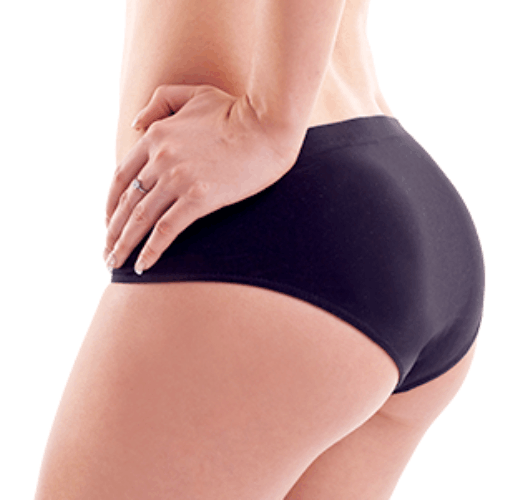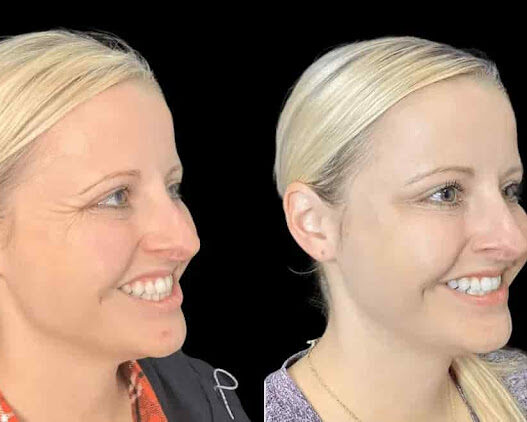Joint pain is a common issue that affects people of all ages. It can make daily activities difficult and lower your quality of life. Ayurveda, the ancient system of medicine, suggests a holistic approach to managing joint pain. One such method is yoga, which is widely recommended by Ayurvedic experts to improve flexibility, strengthen muscles, and ease discomfort. This blog will cover yoga asanas that help manage joint pain, along with insights from Ayurveda.
What is Joint Pain?
Joint pain refers to discomfort, soreness, or aches in one or more joints in the body. It can range from mild to severe and may limit movement. The common areas affected by joint pain are the knees, shoulders, elbows, and hips. Causes can vary from aging, overuse of joints, and injuries, to underlying health conditions.
Ayurvedic Perspective
In Ayurveda, joint pain is often linked to an imbalance in Vata dosha, which controls movement in the body. When Vata is out of balance, it can make your joints dry and stiff, causing pain. Ayurvedic medicines for joint pain help to balance Vata and improve joint health. This usually involves adjusting your diet, using herbal remedies, making lifestyle changes, and practicing yoga.
Factors Responsible for the Occurrence of Joint Pain
Several factors can contribute to joint pain, including:
- Aging: Wear and tear on joints as we grow older.
- Obesity: Extra weight adds pressure on joints.
- Injury: Joint injuries from accidents or overuse.
- Diet: A diet lacking in essential nutrients can weaken joints.
- Sedentary Lifestyle: Lack of movement causes stiffness and pain.
Signs of Joint Pain in Men, Women & Children:
Joint pain can affect everyone, but it may show differently based on age and gender:
- Men: Often experience pain due to physical work or sports injuries.
- Women: Hormonal changes during pregnancy or menopause can contribute to joint pain.
- Children: Growing pains or injuries during play can cause joint discomfort.
What is Yoga?
Yoga is an ancient practice that involves physical postures, breathing exercises, and meditation. It promotes overall well-being by enhancing flexibility, strength, and mental balance. Ayurvedic experts suggest yoga for people dealing with joint pain to keep the body active and support joint health.
How Yoga is Beneficial for Joint Pain?
Yoga offers multiple benefits for people experiencing joint pain. It improves blood flow, reduces stiffness, strengthens muscles around the joints, and increases flexibility. Yoga can also improve posture, which can prevent further joint damage. Practicing gentle asanas helps in easing inflammation and relieving discomfort naturally.
Benefits of Yoga
- Improves Flexibility: Yoga helps to stretch and move the joints, making them more flexible.
- Strengthens Muscles: Strong muscles provide better support to the joints.
- Reduces Stiffness: Regular practice of yoga reduces the stiffness caused by joint pain.
- Promotes Mental Calmness: Yoga promotes relaxation, which reduces stress and tension in the body.
- Enhances Mobility: Yoga encourages gentle movement, which improves mobility.
Which Yoga Asanas are Best for Joint Pain?
Here are some of the best yoga asanas for joint pain recommended by Ayurvedic experts for managing joint pain:
1. Trikonasana (Triangle Pose)
Trikonasana, or the Triangle Pose, is a standing yoga posture that stretches the muscles of the legs, arms, and back. It strengthens the knees, ankles, and shoulders, reducing joint stiffness.
How to Perform Trikonasana:
- Stand with your feet wide apart.
- Turn your right foot out to 90 degrees, and keep the left foot in slightly.
- Extend your arms parallel to the floor, palms facing down.
- Bend at your waist to the right, placing your right hand on your shin or the floor.
- Stretch your left arm up towards the sky and hold the position for a few breaths before switching sides.
2. Paschimottanasana (Seated Forward Bend)
Paschimottanasana is a seated forward bend that stretches the back and leg muscles. It helps relieve tightness in the joints and improves flexibility in the spine and hips.
How to Perform Paschimottanasana:
- Sit with your legs stretched out in front of you.
- Inhale deeply, lengthening your spine.
- Exhale and slowly bend forward, reaching for your feet.
- Hold your feet or ankles and keep your back straight.
- Stay in this position, breathing deeply for a few moments.
- Slowly release and return to the sitting position.
- Repeat as needed for a deeper stretch.
3. Vrikshasana (Tree Pose)
Vrikshasana, or Tree Pose, strengthens the legs and helps improve balance. It is particularly helpful for people with knee and hip pain as it engages the muscles that support the joints.
How to Perform Vrikshasana:
- Stand straight with your feet together.
- Lift your right foot and place it on your left inner thigh.
- Balance your body and bring your hands together in a prayer position at your chest.
- Hold the position, focusing on a point in front of you.
- Breathe steadily and maintain your balance.
- Lower your right leg and repeat on the other side.
4. Bhujangasana (Cobra Pose)
Bhujangasana is a backbend that strengthens the spine and opens the chest. It helps relieve stiffness in the shoulders and back while improving flexibility in the joints.
How to Perform Bhujangasana:
- Lie on your stomach with your legs extended.
- Place your palms flat on the floor under your shoulders.
- Inhale and slowly lift your chest off the floor, keeping your elbows close to your body.
- Look up and hold the position for a few breaths.
- Slowly lower yourself back to the ground.
- Repeat as needed to ease tension in the back.
Also Read: Causes of Foot Pain and Treatments
5. Padmasana (Lotus Pose)
Padmasana, or Lotus Pose, is a seated posture that helps in calming the mind and improving flexibility in the hips, knees, and ankles. It is an excellent pose for joint pain as it encourages proper alignment of the body.
How to Perform Padmasana:
- Sit on the floor with your legs extended.
- Bend your right knee and place your right foot on your left thigh.
- Now bend your left knee and place your left foot on your right thigh.
- Sit with your back straight and hands resting on your knees.
- Hold this position, focusing on your breath.
- Slowly release the legs and repeat as needed.
Final Words
Joint pain can be managed effectively with the right yoga practices, as suggested by Ayurvedic experts. These yoga asanas not only help in improving flexibility and reducing stiffness but also support overall well-being. By incorporating these gentle movements into your routine, you can ease discomfort and strengthen your joints naturally.
FAQs
Q.1 Can yoga cure joint pain completely?
Yoga can help reduce joint pain and improve mobility, but it may not completely cure the pain depending on its cause.
Q.2 How often should I practice yoga for joint pain relief?
Practicing yoga daily or at least 3-4 times a week can offer significant relief from joint pain.
Q.3 Are there any specific Ayurvedic medicines for joint pain?
Yes, Ayurvedic medicines for joint pain include herbal remedies like guggul, ashwagandha, and turmeric, which can help reduce inflammation.
Q.5 Is yoga safe for people with severe joint pain?
Yes, but it is important to consult a healthcare provider and practice under the guidance of an expert to avoid injury.

















